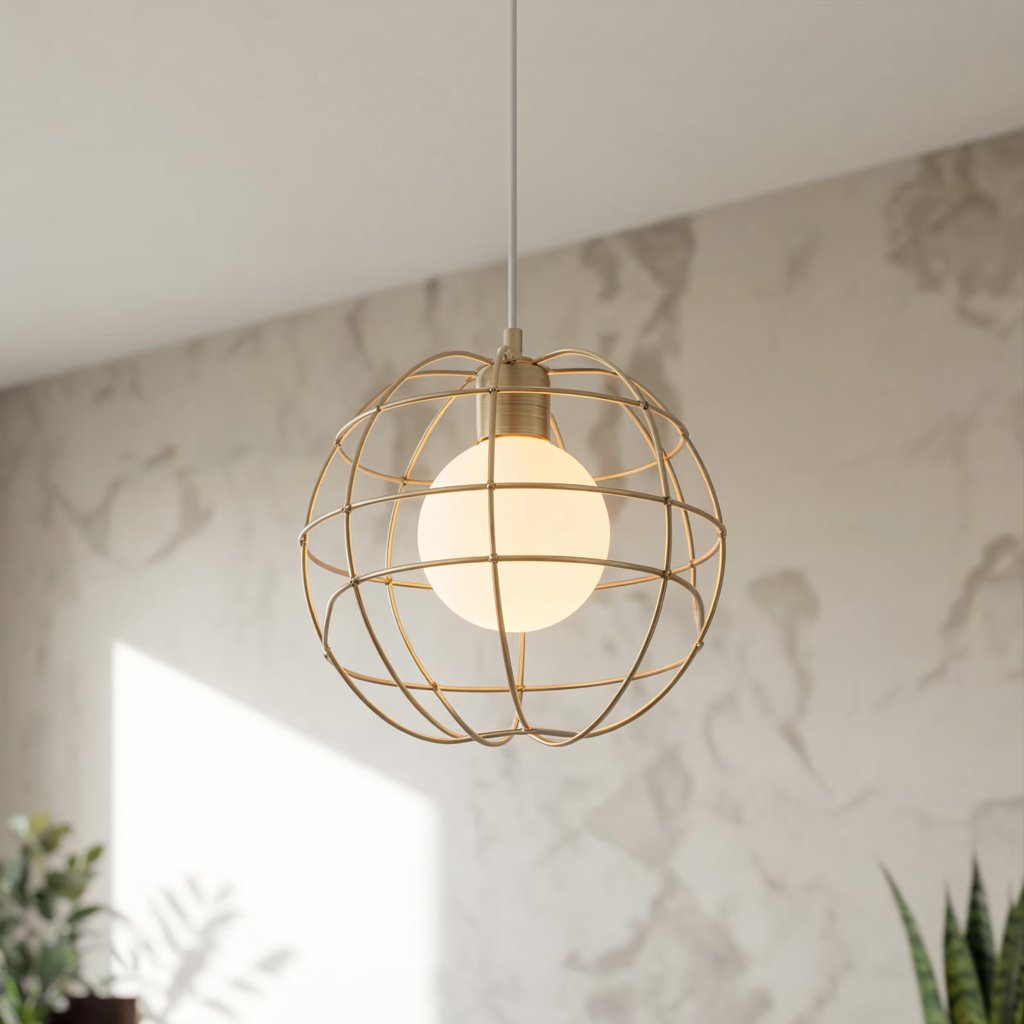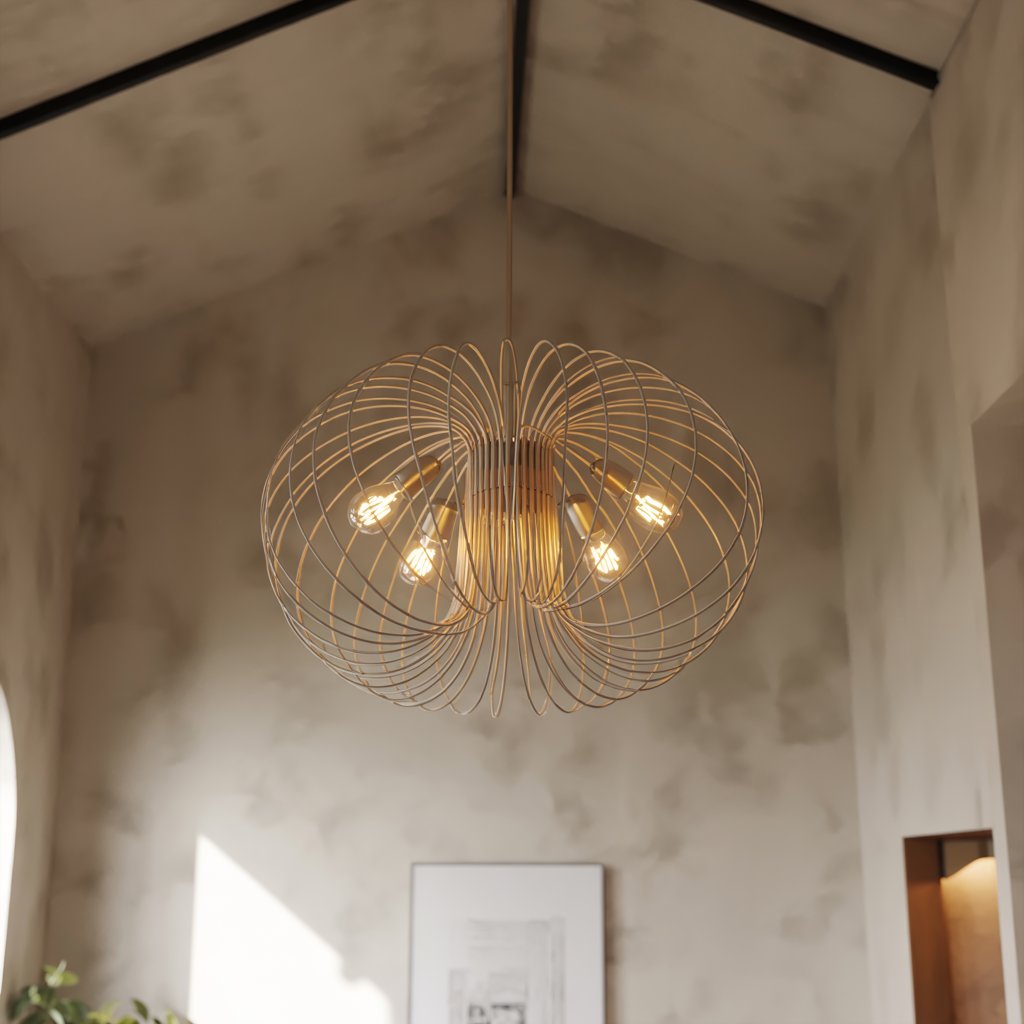How to Determine Size of Light Fixture for a Room: A Comprehensive Guide
How to determine size of light fixture for a room? Choosing the right light fixture can dramatically impact a room’s ambiance and functionality. This guide will walk you through the process of determining the correct size of a light fixture for any room in your home, from understanding basic measurements to mastering advanced techniques. We’ll…
How to determine size of light fixture for a room? Choosing the right light fixture can dramatically impact a room’s ambiance and functionality. This guide will walk you through the process of determining the correct size of a light fixture for any room in your home, from understanding basic measurements to mastering advanced techniques. We’ll cover everything you need to know to make an informed decision and create the perfect lighting scheme.
Before we delve into sizing, let’s clarify some fundamental concepts. Many people confuse watts and lumens. Watts measure the energy a light bulb consumes, while lumens measure the amount of light it produces. A higher lumen rating means a brighter light. When choosing a light fixture, lumens are far more important than watts because they directly relate to the brightness you’ll experience.
Accurate room
measurements are paramount. You’ll need to determine the length and width of your room in feet. For example, a 10ft x 12ft room has a total area of 120 square feet. This will serve as the baseline for determining the appropriate fixture size.
How to Determine Size of Light Fixture For a Room?
Add the room’s length and width in feet, then convert that total to inches to find the ideal fixture diameter. For example, a 12×14-foot room equals 26 inches. For hanging lights, allow 30–36 inches between the fixture and a table or surface. Adjust size for ceiling height if needed.
Read More: Perfect Lighting: How to Increase Natural Light In a Room?
The Rule of Thumb: A Simple Sizing Guideline

A common rule of thumb suggests adding the length and width of your room (in feet) and using that sum as the minimum diameter of your light fixture (in inches). So, for our 10ft x 12ft room (22ft total), a 22-inch diameter fixture would be a minimum. This is a starting point, and adjustments are often necessary based on ceiling height and room style.
Ceiling Height: The Unsung Hero in Fixture Selection
High ceilings demand larger fixtures to maintain visual balance. A small fixture will look lost in a high-ceilinged room. Conversely, a large fixture in a room with low ceilings can feel overwhelming and cramped. Consider a proportional relationship: higher ceilings, larger fixture; lower ceilings, smaller fixture.
Room Style and Ambiance: Choosing the Right Fixture Type
The style of your room plays a crucial role. A modern minimalist room might suit a sleek, linear fixture, while a traditional space might benefit from a more ornate chandelier. Consider the overall aesthetic and choose a fixture that complements, rather than clashes with, the existing décor.
Read More: How Low Should a Dining Room Light Hang?: The Ultimate Guide
Light Fixture Styles and Their Sizes: A Visual Guide

Different light fixture types naturally lend themselves to different sizes. A small pendant light is suitable for a small entryway, while a large chandelier might be ideal for a grand dining room. Below are examples:
-
- Pendant Lights: Range from 6 inches to 36 inches in diameter.
- Chandeliers: Can vary greatly from 12 inches to 60 inches or more in diameter and height.
- Flush Mounts: Typically range from 8 inches to 24 inches in diameter.
- Semi-Flush Mounts: Often between 12 inches and 20 inches in diameter.
Understanding Fixture Dimensions: Diameter, Height, and Projection
Don’t just consider the diameter; pay attention to the overall height and projection of the fixture. A fixture with a long chain or downrod will occupy more vertical space than a flush mount. Ensure the chosen fixture has sufficient clearance from surrounding objects and your head!
Working with Multiple Light Sources: Layering Illumination
Often, a single fixture isn’t enough. Strategically placing multiple light sources—table lamps, floor lamps, sconces—adds depth and functionality. Consider the overall light distribution for optimal illumination. Layer lighting to achieve your desired ambiance.
Calculating Required Lumens: Brightening Your Space Effectively
To determine the required lumens, consult a lumens-per-square-foot guide (easily found online). This will give you a target lumen output based on your room’s size and intended use. Remember that darker rooms require more lumens than lighter rooms.
Light Fixture Placement: Maximizing Light Distribution
The placement of your light fixture significantly affects the overall light distribution. Consider the focal point of the room (e.g., dining table, bed) and place the fixture strategically to enhance the ambiance. Avoid placing fixtures too high or low for even illumination.
The Impact of Different Bulb Types: LEDs, Incandescents, and More
Different bulb types produce different levels of light and have varying energy efficiencies. LEDs are highly efficient and long-lasting, making them a popular choice. Consider the bulb type when calculating lumens to ensure accurate brightness.
Choosing the Right Finish: Harmony and Style
The finish of your light fixture should complement the room’s overall aesthetic. Consider the existing hardware, furniture, and wall colors when selecting a finish. Popular options include brushed nickel, polished chrome, oil-rubbed bronze, and matte black.
Balancing Form and Function: Aesthetic Considerations
The light fixture should enhance the room’s aesthetic appeal while fulfilling its functional purpose. Choose a fixture that is both visually appealing and provides adequate illumination. A beautiful but poorly lit room is a wasted opportunity.
Troubleshooting Common Sizing Issues: Oversized vs. Undersized Fixtures
An oversized fixture can overwhelm a room, making it feel cramped. An undersized fixture might get lost in the space and provide inadequate illumination. Carefully consider the size relative to the room’s dimensions and ceiling height to avoid these issues.
Beyond the Basics: Advanced Techniques for Determining Fixture Size
For more complex spaces or design schemes, consult with an interior designer or lighting specialist. They can help you select the right fixtures and ensure optimal illumination while harmonizing with the overall aesthetic. Their expertise can prevent costly mistakes and ensure a successful lighting scheme.
Professional Guidance: When to Seek Expert Help
If you’re unsure about any aspect of choosing the right light fixture size, consider seeking professional help. A lighting designer can offer personalized recommendations based on your specific needs and preferences, ensuring a well-lit and aesthetically pleasing space. This is particularly useful for larger or more complex projects.
Factors Affecting Light Fixture Size in Different Rooms: Specific Examples
The ideal light fixture size varies greatly depending on the room’s function and size. A small bathroom might only require a small flush mount or semi-flush mount, while a large living room could benefit from a large chandelier or multiple pendant lights. Consider the following:
-
- Living Room: Larger fixtures (chandeliers, multiple pendants) are common.
- Bedroom: Smaller to medium fixtures (pendant lights, semi-flush mounts) are often suitable.
- Bathroom: Small fixtures (flush mounts, vanity lights) are typical.
- Kitchen: Can use a variety of fixtures, depending on the layout (island pendant lights, recessed lighting).
Frequently Asked Questions
What is the most important factor to consider when choosing a light fixture size?
The most crucial factor is the balance between the room’s dimensions and the fixture’s size. An oversized fixture in a small room will look overwhelming, while an undersized one will appear lost and ineffective.
How do I determine the right amount of light for a room?
Use lumens as your guide. Refer to online resources for lumens-per-square-foot guidelines to calculate the necessary lumen output for your room’s size and intended use. Consider also the room’s color and how it affects light reflection.
What are the different types of light fixtures, and which one is best for my room?
Common types include pendant lights, chandeliers, flush mounts, semi-flush mounts, and recessed lights. The best choice depends on your room’s style, size, ceiling height, and desired ambiance. A professional consultation can help you determine the perfect fit.
Can I use multiple light sources in one room?
Absolutely! Layering light sources—a main fixture, task lighting, accent lighting—is a great way to create a well-lit and versatile space. This allows for ambiance adjustment depending on the time of day or activity.
Final Thoughts
Selecting the appropriate light fixture size is crucial for both the functionality and aesthetics of a room. By following the guidelines outlined in this comprehensive guide, you can confidently choose fixtures that enhance your home’s ambiance and provide optimal illumination. Remember to consider the room’s dimensions, ceiling height, style, and intended use when making your selection. Don’t hesitate to seek professional help if you need assistance navigating this process. A well-lit home is a comfortable and inviting home, and the right light fixture can make all the difference. Now, go illuminate your space!

